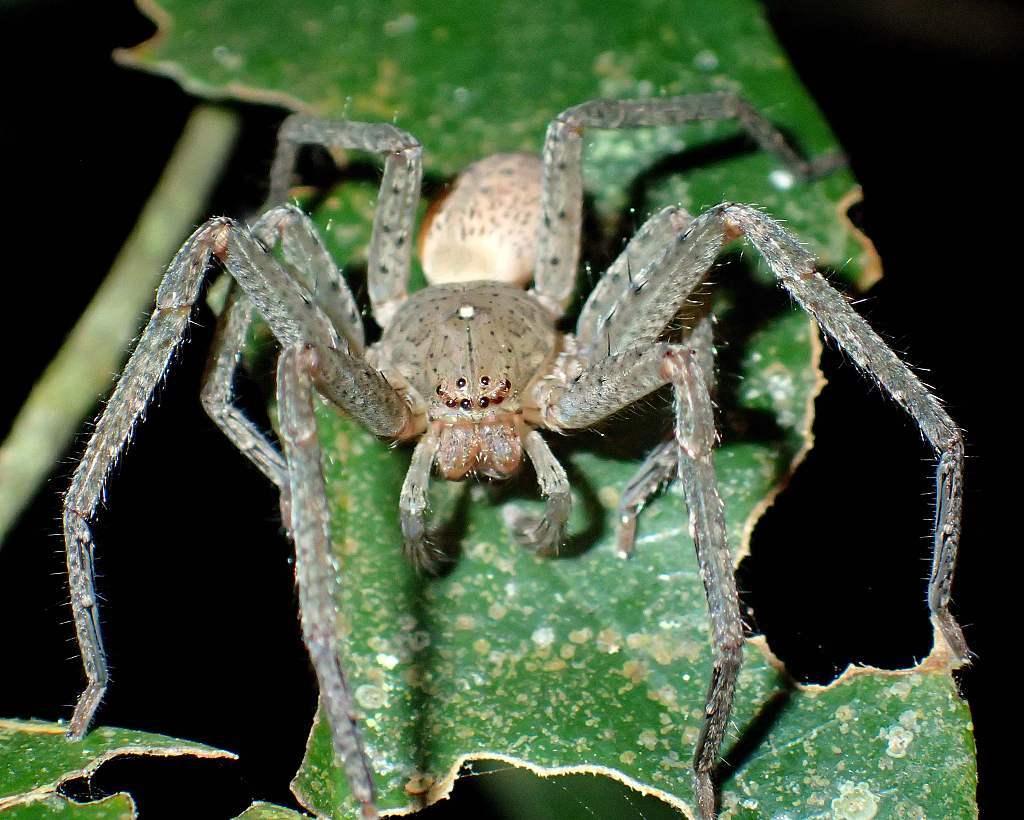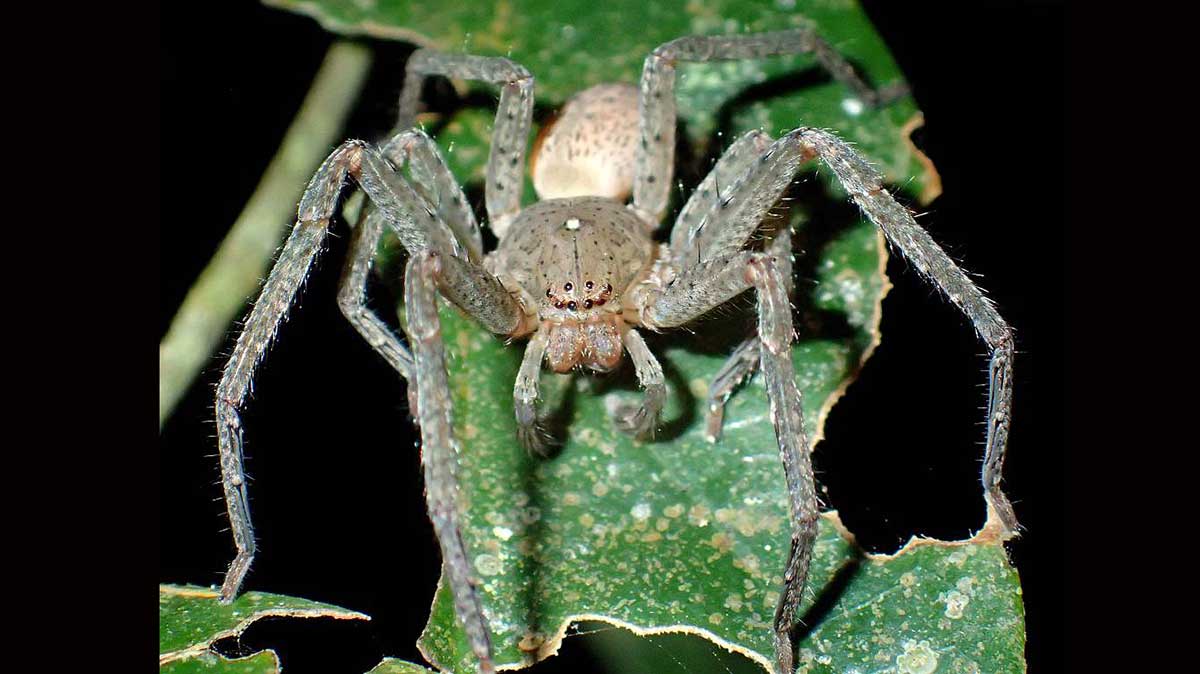A researcher based in Frankfurt, Germany, has recently bestowed a spider species with the name of a prominent climate protection activist. This act of nomenclature serves a dual purpose: firstly, to honor the activist’s dedication to environmental preservation, and secondly, to serve as a poignant reminder to both political and business spheres about the urgency of taking decisive action to address climate change.
By linking the name of this newly discovered spider species to a well-known figure in the climate movement, the researcher seeks to raise awareness and inspire a sense of responsibility towards the planet among decision-makers in society.
You might also like this: You can still grow these vegetables in June
Greta Thunberg, the Swedish schoolgirl who has become a global inspiration for climate protection, now has a unique honor bestowed upon her as a newly discovered spider species on Madagascar has been named after her. Renowned arachnologist Peter Jäger from Frankfurt has chosen to pay tribute to the influential activist by associating her name with this remarkable arachnid.
By linking Greta Thunberg’s name with this newly identified spider species, Jäger highlights the profound impact she has had in mobilizing people worldwide to engage in efforts aimed at safeguarding the environment and combatting climate change. This naming serves as a symbolic testament to Thunberg’s unwavering dedication and as a reminder of the importance of collective action in the face of the pressing climate challenges we confront.
The researcher affiliated with the Senckenberg Society for Nature Research has deliberately chosen this name to draw attention to the critical issue of biodiversity loss. In a notable development, the study on five newly discovered species of giant crab spiders, collectively named Thunberga, has been published in the esteemed scientific journal “Zootaxa.”
This publication, as confirmed by a Senckenberg spokesperson on Friday, serves as an important platform to disseminate the findings and raise awareness about the pressing threats faced by biodiversity. By highlighting the significance of these spider species through the association with Greta Thunberg’s name, the researcher aims to emphasize the urgent need for action in protecting and preserving our natural world.

The Thunberga Greta a.k.a. Thunberga spider
Among the genus of giant crab spiders, four species belonging to the Thunberga genus exhibit distinctive features that set them apart from other members of their spider family. Notably, these differentiating characteristics include the peculiar dentition of their jaw claws and the presence of distinct dots on their anterior body segments.
However, one particular species, named “Thunberga Greta,” represents a previously unidentified and unknown addition to the scientific understanding of this spider genus. The discovery of this novel species further contributes to our expanding knowledge of the diverse and fascinating world of arachnids.
The hunter, who played a crucial role in the naming process, intends for the naming of the spider genus to serve as a potent wake-up call, urging politicians and industries to heed the demands voiced during the “Fridays For Future” demonstrations.
The hunter highlights that the escalating temperatures resulting from climate change have far-reaching consequences for every facet of nature, including the unique and endemic biodiversity found in Madagascar, as well as the diverse spider fauna inhabiting the region. By drawing attention to the impact of rising temperatures on these natural ecosystems, it is hoped that greater urgency will be instilled in addressing the pressing issues at hand and implementing effective measures to mitigate climate change’s detrimental effects.
The hunter, who has demonstrated a penchant for naming spiders after notable figures, has previously honored prominent individuals such as David Bowie, Udo Lindenberg, and punk icon Nina Hagen. This practice of bestowing spider namesakes upon renowned personalities underscores the hunter’s creative and unconventional approach to taxonomy, adding an element of intrigue and fascination to the field of arachnology. By associating these beloved cultural icons with newly discovered spider species, the hunter infuses the scientific realm with a touch of popular culture, bridging the gap between art, music, and the study of biodiversity.
Image credit: news.cgtn.com


